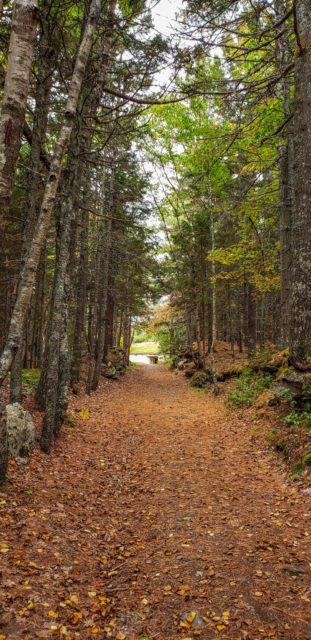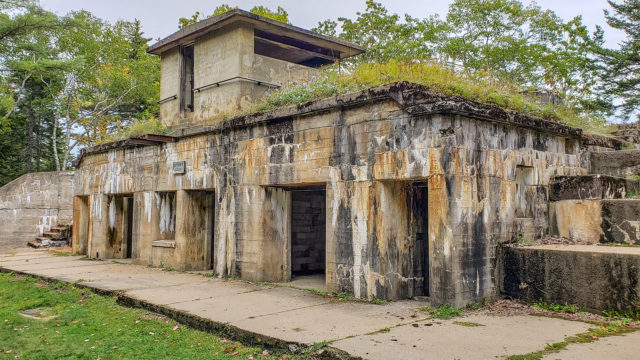During the Revolutionary War and the war in 1812, the Kennebeck settlement in Phippsburg, Maine, was defended with the help of a small fort on the mouth of the Kennebec River.
To begin with, the defenses consisted of just a small battery to accommodate guns on field carriages.
However, this provided to be such a useful defensive site that Fort Popham was established there. Construction of the fort began in 1862, but it was stopped in 1869 and never completed.
This was because it became apparent that masonry forts were susceptible to rifle fire, which was becoming more prevalent in the 1860s.
The fort received its name in honor of the captain and founder of the nearby colony, George Popham. He founded the American settlement back in 1607.
The fort itself was never the site of any battles. Instead, it carried out its function as a coastal defensive structure for many years.
In the 1890s, a controlled minefield was created in the river as part of the national coastal defense of the United States.
Although the fort was still a valuable fortification because of its minefield, eventually it became obsolete when Fort Baldwin was built nearby (see below).
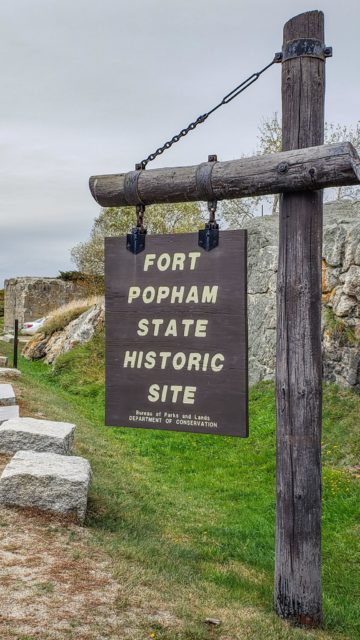
Fort Popham was built in the shape of a crescent. All the blocks were made of granite, and its walls were 30 feet (9 meters) high.
The circumference of Fort Popham is about 500 feet (150 meters). It has two floors and granite spiral staircases. The whole structure was separated from the land by a moat.
Initially, plans to use the fort included the installation of 42 heavy guns. However, as mentioned above, the construction was never completed, so only two tiers were ever built.
To house 42 guns, it would have been necessary to have three tiers. There were also two barracks and an underground cistern inside the fort.
In 1898, during the Spanish-American War, Fort Popham was armed with an 8-inch gun. During the Second World War, the mine structures in the fort remained operational.
On February 27, 1924, Fort Popham was sold to the State of Maine for $6,600. A condition of the sale was that the former fort had to be used as a public park or else ownership would revert to the state.
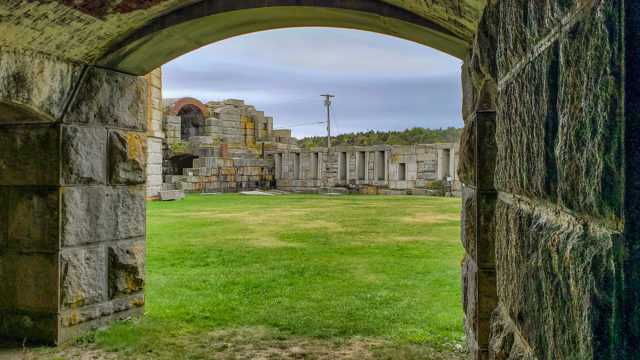
Although the fort itself never witnessed direct conflict, this section along the Kennebec River has become part of history as the site of several battles. The well-preserved architecture of the fort attracts visitors and history buffs alike.
On October 1, 1969, the fort was added to the National Register of Historic Places as a Memorial.
Popham Beach State Park is located approximately three kilometers (about two miles) from the fort. The fort itself is open to the public as a Fort Popham State Historic Site.
Inside the fort are posters that tell visitors about the guns and the history of this place. Just outside the fortress are picnic tables, making this site a great family day out.
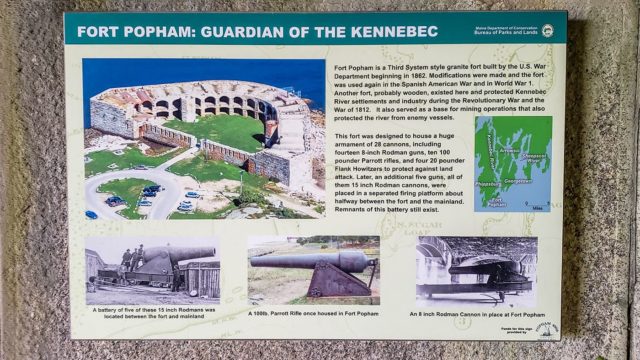
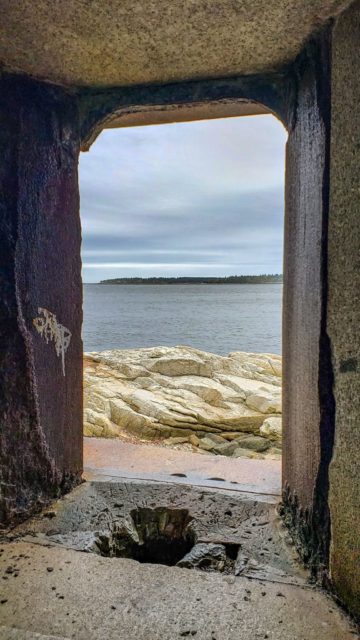
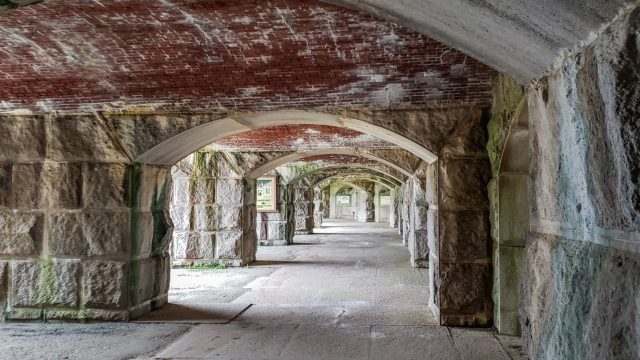
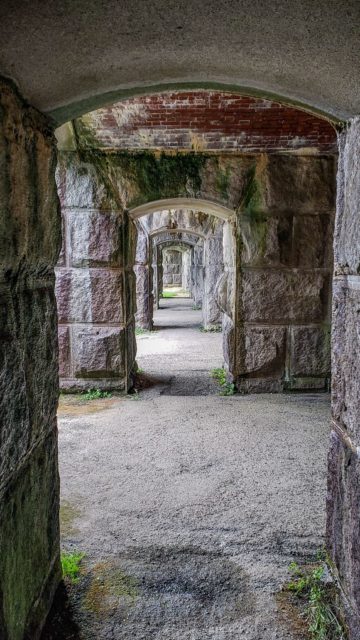
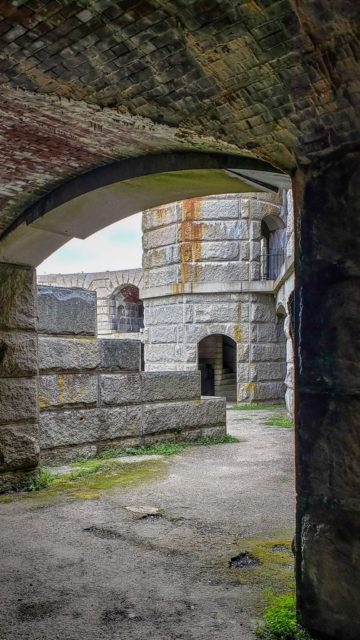
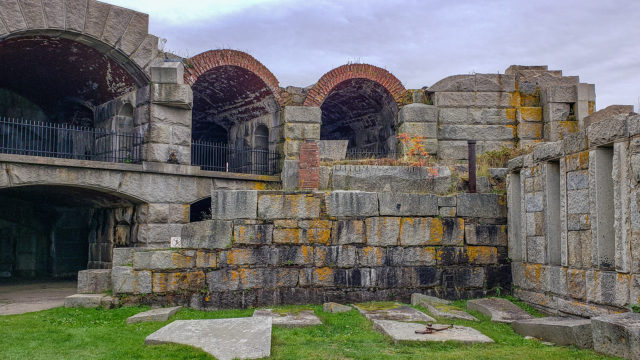
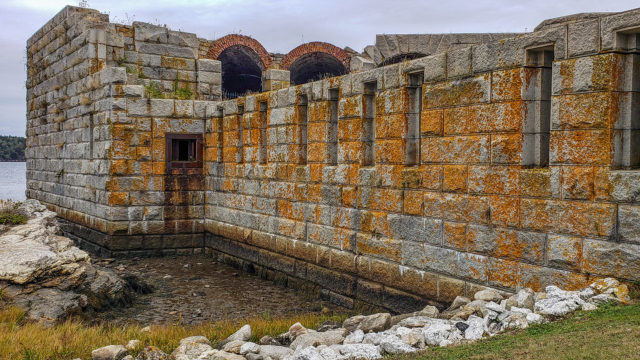

Fort Baldwin
Not far from Fort Popham is Fort Baldwin. This fort was named after Jedutan Baldwin, an engineer in the Continental Army during the American Revolution, and the site is preserved as a state historical monument.
Construction began on the fort in 1905 and, unlike Fort Popham, was completed in 1912.
While the fort was being built, construction was also being carried out to create three artillery batteries. These batteries were put into operation in November 1908 and were christened Battery Cogan, Battery Joseph Roswell Hawley, and Battery Hardman.
In addition, barracks and an observation post were also built at the fort.
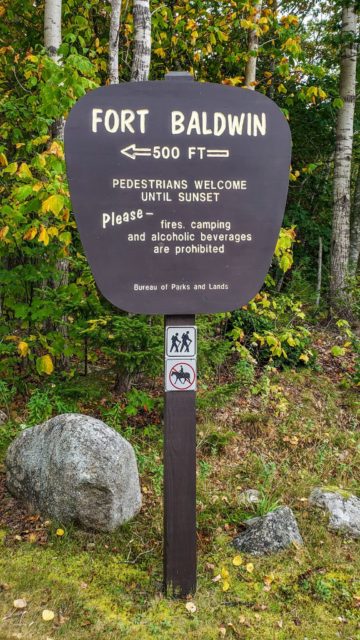
During the First World War, eight temporary buildings were constructed, including an administrative building, a hospital, a bakery, a canteen, and double barracks.
The construction of all these buildings was completed in December 1917.
In 1917, these batteries were dismantled so that the weapons could be used on the Western Front.
Battery Hardman’s gun was sent to France; it later returned to the United States, although it was not reinstated at Fort Baldwin. Battery Hawley’s guns were ultimately never sent overseas and were instead remounted at the fort in 1919.
After World War I, the fort was empty. It was disarmed and sold to the state of Maine for $11,600 in 1924.
However, when World War II came round, the fort once again found itself occupied. A high observation tower was also added at this time to help locate German submarines.
In 1949, the fort was returned to the state of Maine.
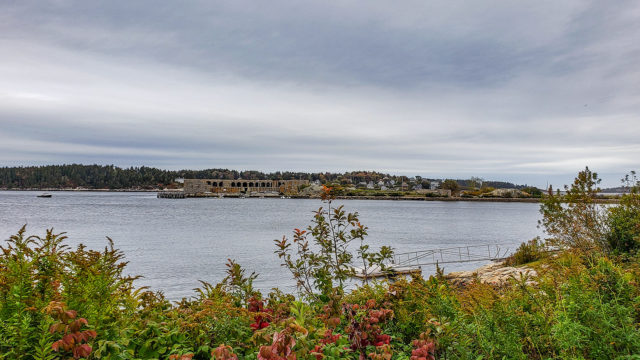
In 1979, the abandoned Fort Baldwin was added to the National Register of Historic Places and is now open as a state historical monument. Unlike Fort Popham, it does not have any panels or information signs that tell the fort’s history, but visitors have the opportunity to climb the preserved observation deck and take in the view.
Big thank you to Natalie Faulkner for providing us photographs below of that abandoned location. You should check her Behance account to learn more about her nature and landscape photography.
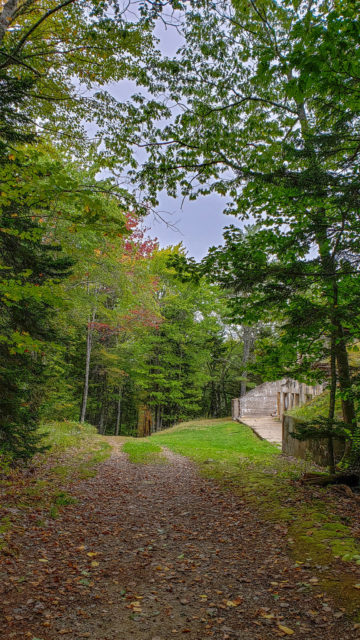
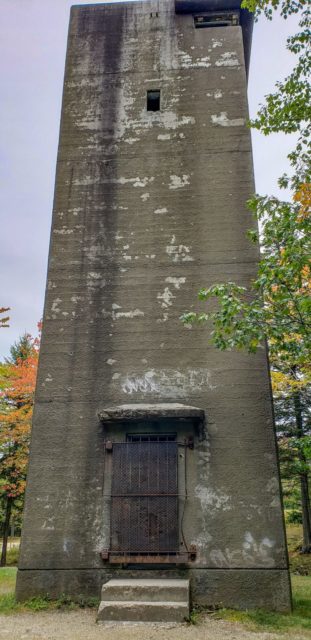
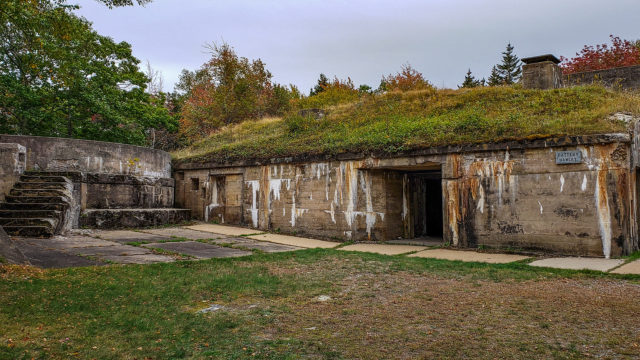
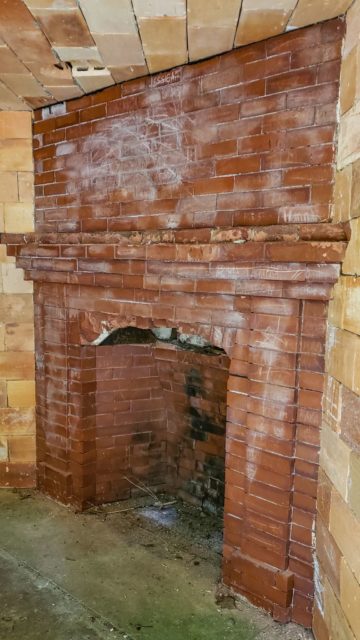
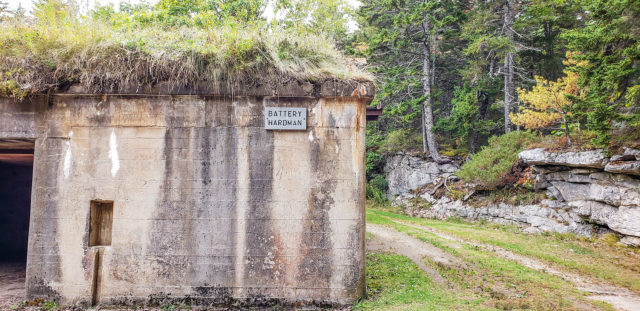
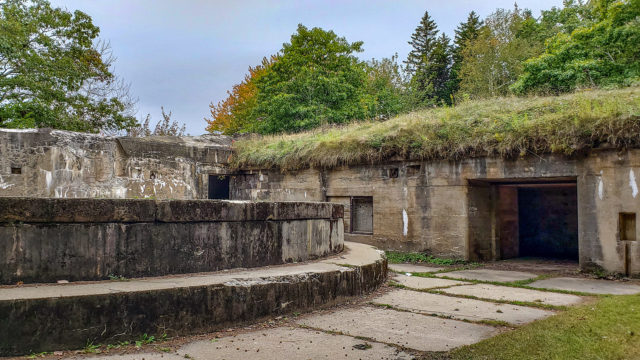

Another Article From Us: The Old Red Triangle Factory in St Petersburg, Russia
